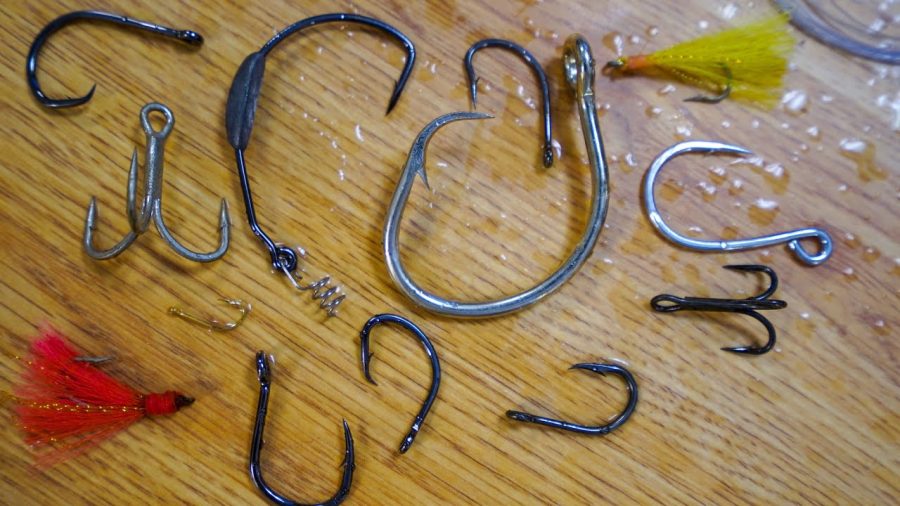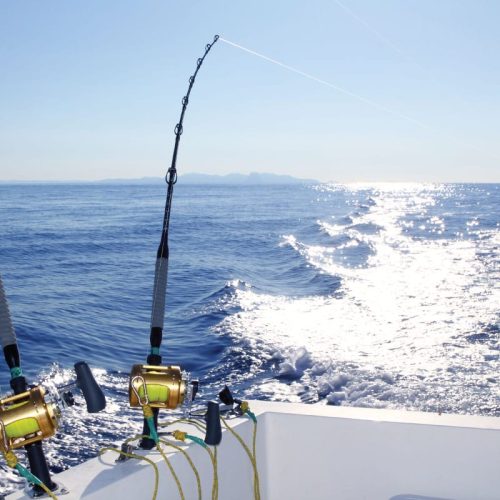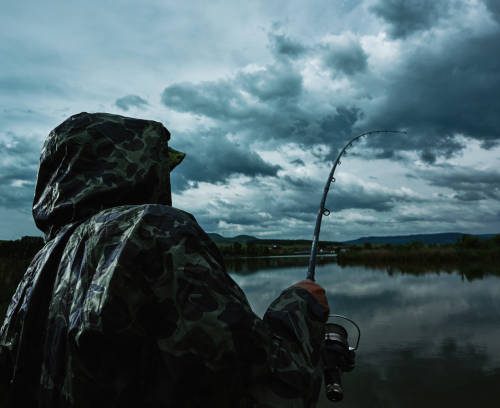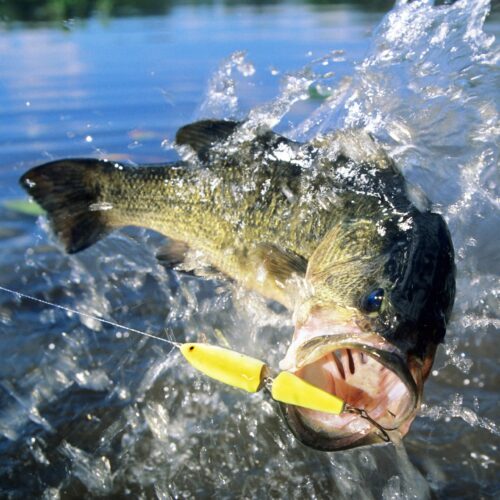Choosing the best fish hooks depends on the type of fishing you plan to do, the species of fish you’re targeting, and personal preferences. Here’s a detailed guide on some of the best fish hooks available, their uses, and what makes them stand out:
1. Eagle Claw Lazer Sharp Circle Hook
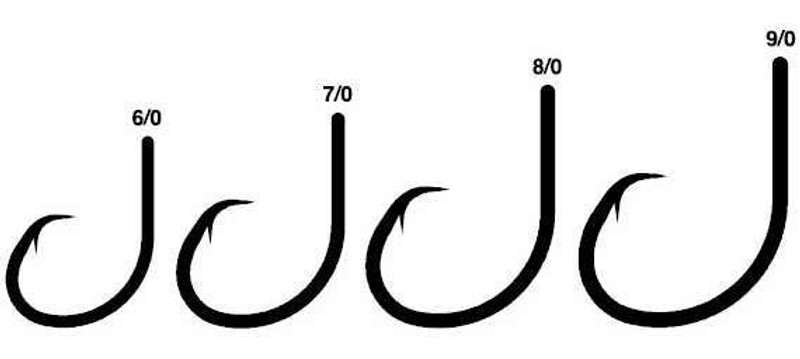
- Type: Circle Hook
- Best For: Saltwater fishing, catch and release
- Features:
- Sharp, strong point for better penetration.
- Designed to reduce gut hooking, making it ideal for catch and release.
- Corrosion-resistant, suitable for saltwater use.
2. Gamakatsu Octopus Hook
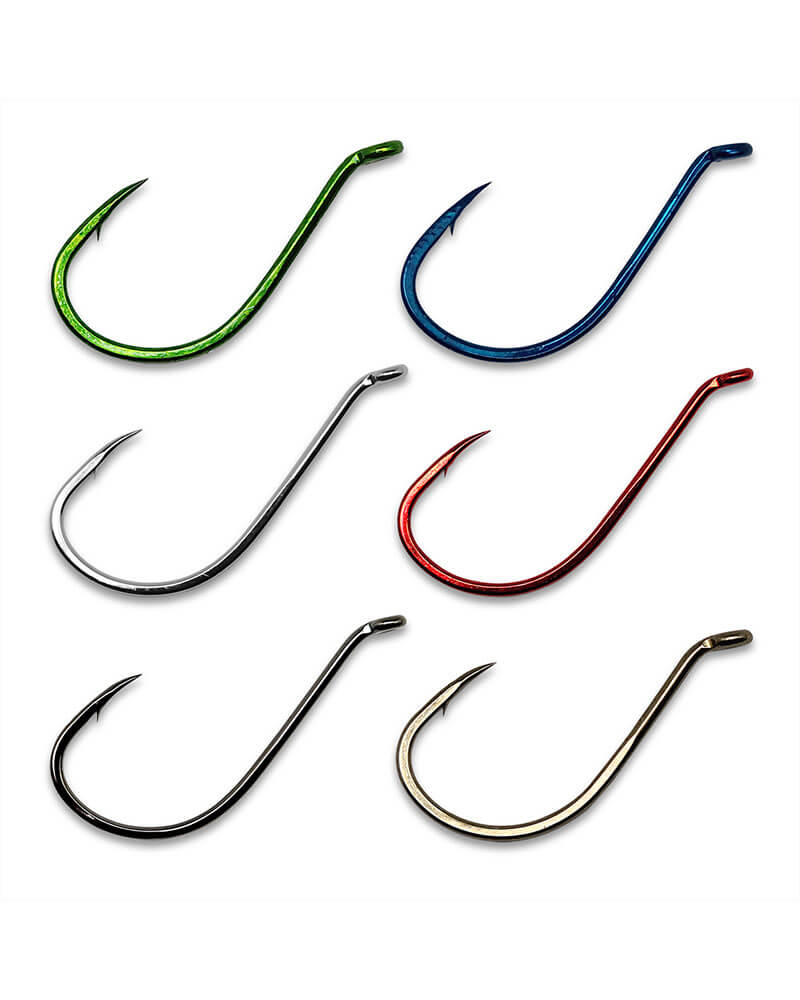
- Type: Octopus Hook
- Best For: All-purpose freshwater and saltwater fishing
- Features:
- High-carbon steel construction for durability and strength.
- Sharp, needle-like point for excellent penetration.
- Versatile design suitable for a variety of fishing techniques and species.
3. Owner Mutu Light Circle Hook
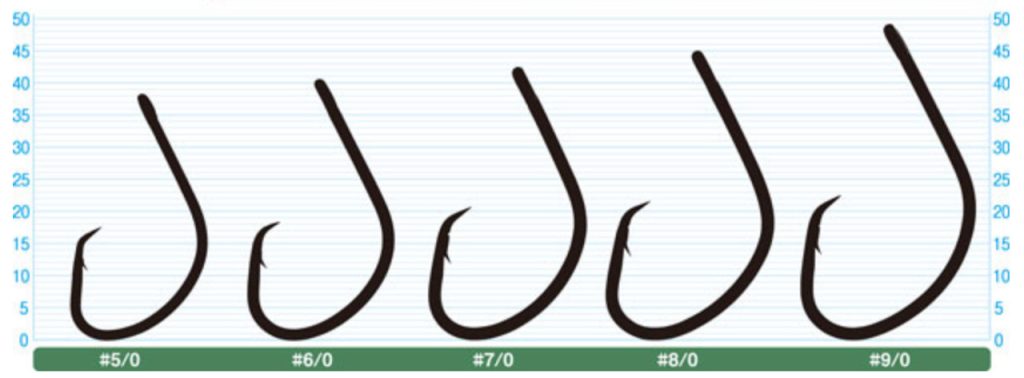
- Type: Circle Hook
- Best For: Light tackle fishing, catch and release
- Features:
- Light wire design for a more natural bait presentation.
- Super sharp, offset point for better hook sets.
- Designed to minimize deep hooking, enhancing fish survival rates upon release.
4. Mustad Classic 4 Extra Strong Treble Hook
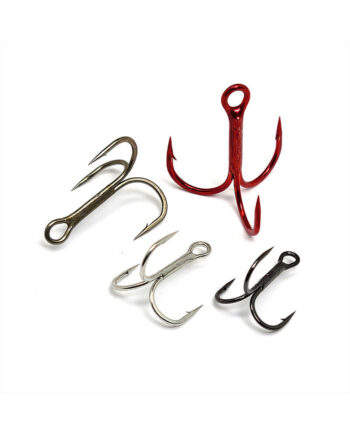
- Type: Treble Hook
- Best For: Lure fishing for large predatory fish
- Features:
- Extra strong construction to handle large, powerful fish.
- Durable and sharp for improved hook sets and retention.
- Suitable for both freshwater and saltwater use.
5. Trokar EWG Worm Hook
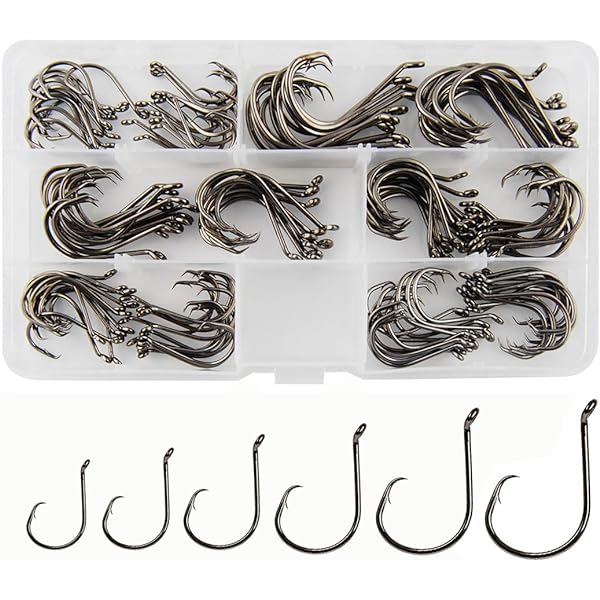
- Type: Extra Wide Gap (EWG) Hook
- Best For: Bass fishing with soft plastics
- Features:
- Surgically sharpened for superior penetration.
- Extra wide gap to accommodate larger soft plastics.
- Made from high-carbon steel for strength and durability.
6. VMC Spinshot Drop Shot Hook
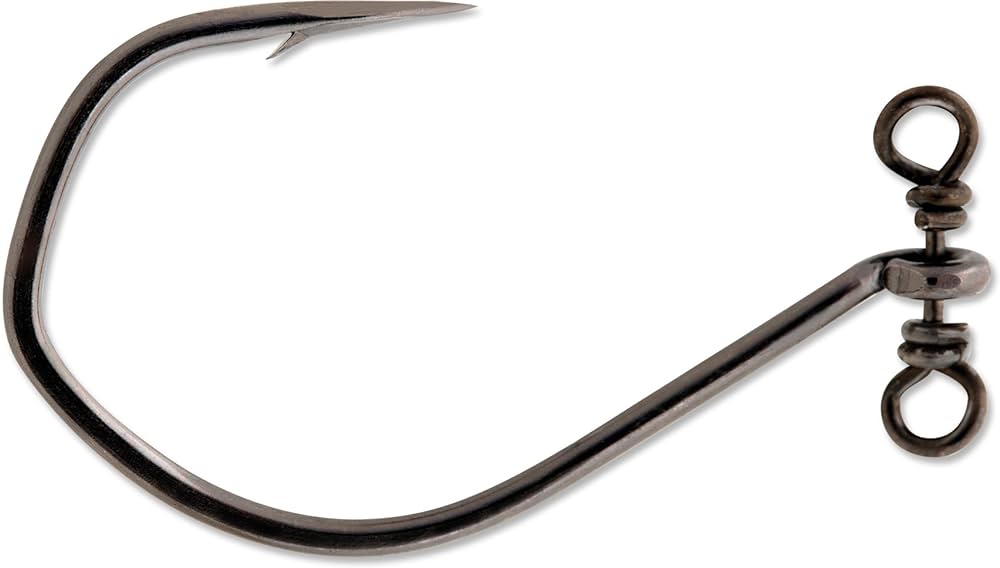
- Type: Drop Shot Hook
- Best For: Drop shot rigging, finesse fishing
- Features:
- Integrated swivel to prevent line twist.
- Ultra-sharp point for quick penetration.
- Designed for a precise, vertical presentation of baits.
7. Hayabusa Sabiki Hooks
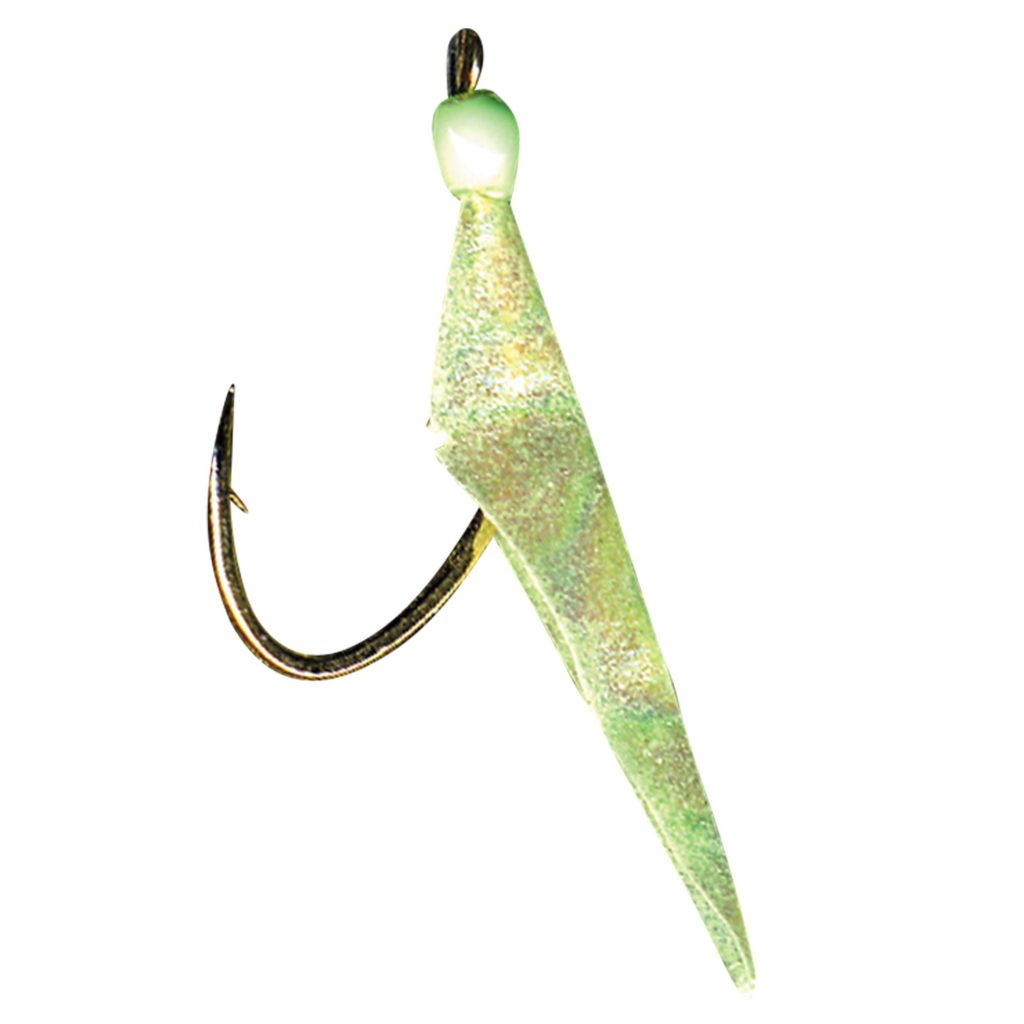
- Type: Sabiki Hook
- Best For: Catching baitfish
- Features:
- Multiple small hooks on a single rig.
- Fluorescent beads and shiny material to attract baitfish.
- High-quality construction for durability and effectiveness.
Considerations When Choosing Fish Hooks:
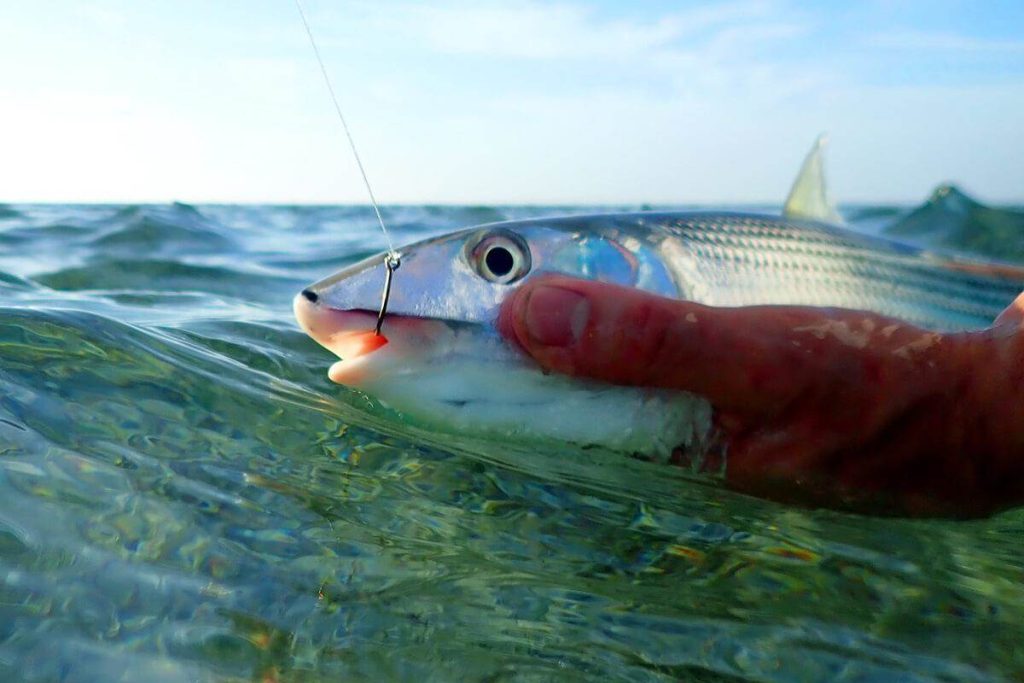
- Species of Fish: Different fish have different mouth structures. Match the hook size and type to the fish species.
- Fishing Environment: Saltwater hooks need to be corrosion-resistant.
- Fishing Technique: The hook type should complement your fishing technique, whether it’s trolling, jigging, or using live bait.
- Bait Type: Certain hooks work better with specific baits. For example, EWG hooks are excellent for soft plastics, while treble hooks are better for lures.
- Hook Size: Ensure the hook size matches the size of the fish and bait. Too large or too small can result in missed strikes or lost fish.
By considering these factors, you can select the best fish hook for your needs, ensuring a successful and enjoyable fishing experience.
How To Choose Fish Hooks
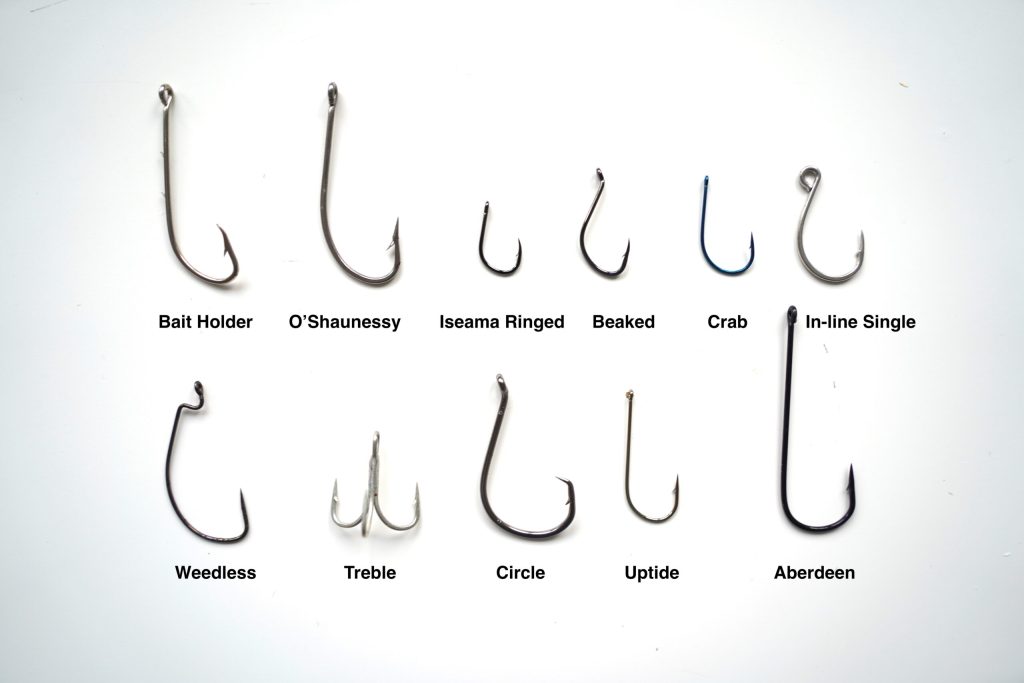
Choosing the right fish hook involves several considerations based on the type of fishing, the target species, and the fishing environment. Here’s a detailed guide to help you select the most appropriate fish hook:
1. Understand Hook Types
- J-Hooks: Versatile and commonly used. Ideal for live bait and a wide range of fishing applications.
- Circle Hooks: Designed to hook fish in the corner of the mouth, making them ideal for catch and release. Good for both live and cut bait.
- Treble Hooks: Three hooks in one, often used on lures and for fishing with multiple points of attachment.
- Octopus Hooks: Short shank with a bend, versatile for various fishing techniques.
- Worm Hooks (EWG – Extra Wide Gap): Designed for soft plastic baits, especially in bass fishing.
- Drop Shot Hooks: Specifically designed for drop shot rigging in finesse fishing.
2. Match the Hook Size to the Fish Species
- Small Fish: Use smaller hooks (sizes 6-10 for panfish, trout).
- Medium Fish: Medium-sized hooks (sizes 2-4 for bass, walleye).
- Large Fish: Larger hooks (sizes 1/0 and up for pike, catfish, saltwater species).
3. Consider the Fishing Environment
- Freshwater: Regular steel or high-carbon steel hooks are typically sufficient.
- Saltwater: Use corrosion-resistant hooks made of stainless steel or coated hooks to withstand the saltwater environment.
4. Choose the Right Hook Based on Bait Type
- Live Bait: Circle hooks or J-hooks are suitable.
- Soft Plastics: EWG hooks or worm hooks.
- Cut Bait: Circle hooks or octopus hooks.
- Artificial Lures: Treble hooks.
5. Consider the Fishing Technique
- Bottom Fishing: Strong, durable hooks like octopus or circle hooks.
- Topwater Fishing: Treble hooks on lures.
- Finesse Fishing: Drop shot hooks or small J-hooks.
- Trolling: Sturdy, corrosion-resistant hooks, often J-hooks or circle hooks.
6. Look at Hook Features
- Sharpness: Ensure the hook is sharp for better penetration.
- Strength: High-carbon steel or other durable materials for strong hooks.
- Barbs: Barbed hooks hold fish better, while barbless hooks are easier to remove and better for catch and release.
7. Test and Adjust
- Experiment: Try different hooks to see which works best for your fishing style and target species.
- Adjust: Based on your experience and results, adjust the hook type and size accordingly.
Specific Hook Recommendations:
- For Beginners: Start with a variety pack that includes different sizes and types of hooks.
- For Catch and Release: Circle hooks minimize deep hooking.
- For Bass Fishing: Use EWG worm hooks for soft plastics.
- For Saltwater Fishing: Opt for corrosion-resistant hooks like stainless steel or coated hooks.
Choosing the right fish hook is crucial for successful fishing. By understanding the different types of hooks, matching the hook size to the fish species, considering the fishing environment and technique, and paying attention to hook features, you can select the best hook for your needs. Remember to experiment and adjust based on your fishing experiences to find what works best for you.
Overview of Different Hook Types
Understanding the various types of hooks and their specific uses can greatly enhance your fishing success. Here’s a detailed look at bait hooks, inline hooks, worm hooks, treble hooks, and combination hooks:
- Bait Hooks: Versatile for live or cut bait, ideal for various fish species.
- Inline Hooks: Best for catch and release, used on lures to minimize fish injury.
- Worm Hooks: Designed for soft plastic baits, perfect for bass fishing.
- Treble Hooks: Effective for aggressive fish species, commonly used on hard lures.
- Combination Hooks: Versatile and adaptable, suitable for various fishing conditions and techniques.
1. Bait Hooks
Best For: Using live or cut bait to target a variety of fish species.
Design: Bait hooks typically have a long shank and a straight eye. They may feature barbs on the shank to help hold bait in place.
Advantages:
Versatile for different types of bait, including worms, minnows, and cut bait.
Barbs on the shank prevent bait from slipping off.
Popular Uses: Effective for fishing with live bait in both freshwater and saltwater environments.
2. Inline Hooks
Best For: Replacing treble hooks on lures to reduce harm to fish, making them suitable for catch and release.
Design: Inline hooks are single hooks designed to attach directly to the lure with the eye inline with the hook shank, resulting in less damage to fish compared to treble hooks.
Advantages:
Reduces damage to fish, improving survival rates in catch-and-release fishing.
Maintains the balance and action of lures.
Popular Uses: Often used on hard baits, like crankbaits and topwater lures, especially when targeting species intended for release.
3. Worm Hooks
Best For: Using with soft plastic baits, particularly effective for bass fishing.
Design: Worm hooks, particularly Extra Wide Gap (EWG) hooks, feature a wide gap to accommodate bulky soft plastics and a bent shank to secure the bait.
Advantages:
Wide gap ensures better hook sets with thick plastic baits.
Securely holds soft plastics, preventing them from sliding down the hook shank.
Popular Uses: Ideal for rigging soft plastic worms, creature baits, and other similar lures in freshwater bass fishing.
4. Treble Hooks
Best For: Lure fishing for aggressive species that strike hard.
Design: Treble hooks consist of three hooks joined together at a single shank, providing multiple points of contact.
Advantages:
Increases chances of hooking fish that strike lures.
Provides a strong hold, reducing the likelihood of fish escaping.
Popular Uses: Commonly used on hard lures, such as crankbaits, jerkbaits, and topwater plugs. Effective for species like bass, pike, and saltwater gamefish.
5. Combination Hooks
Best For: Versatility in fishing applications, combining features from multiple hook types.
Design: Combination hooks integrate elements from different hook designs, such as a circle hook with a long shank or an offset hook with a wide gap.
Advantages:
Offers versatility, allowing anglers to use the same hook for various techniques and bait types.
Can be tailored to specific fishing conditions or target species.
Popular Uses: Used when anglers need to adapt to changing conditions or when targeting multiple species with different bait presentations.
By understanding the strengths and applications of each hook type, you can choose the best hooks for your fishing needs, improving your chances of a successful and enjoyable fishing experience.
